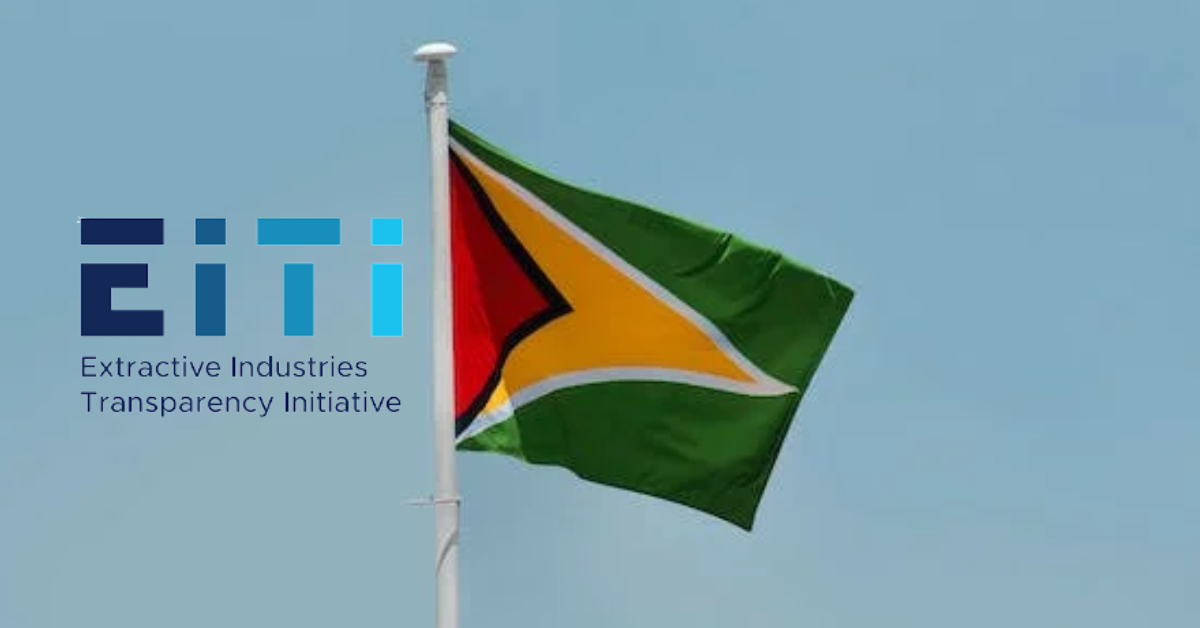Over the last week, Exxon has been busy publishing press releases on its website about donations it has made. It states it will provide a million meals to Texas area food banks. It mentions another initiative where it will help provide internet access to low income students living in New Mexico. The per capita incomes for New Mexico and Texas are approximately US$25,000 and US$30,000. The per capita income in Guyana is about US$4,000. The deaths from the virus in Guyana and Texas per 100,000 people are very close. Which region is most in need?
Exxon has started collaborating with Global Center for Medical Innovation (GCMI) to produce face shields and masks. GCMI has already donated 50,000 units to New York and Atlanta. GMCI indicated it is ramping up to produce 170,000 shields per hour. This would mean GCMI could produce enough face shields for every Guyanese in a day. In the meantime, we have our people sewing cloth masks with thread and needle. Can we expect any of these shields to be donated to us in the near future? That may be highly unlikely! Recently, the US President requested 3M to halt shipments of N95 masks to Canada. It clearly shows that in times of need US companies are under the control of their government to serve the needs of their people first.
In its annual investor day in March, Exxon outlined its case for growth in oil demand. It had investor charts projecting growth in the World’s demand for oil because there will be a billion new people by 2030. It had charts projecting (from the International Energy Agency (IEA)) that Coal, Gas and Oil would still account for more than 75% of the world’s energy needs even in 2040. In those charts, it shows Guyana’s deep water operations has the lowest breakeven cost compared to other projects. In those same charts it shows a lucrative 40% Internal Rate of Return (IRR) for the Stabroek block in comparison to major other projects whose IRR are around 20% or below.
Exxon knows that the price of oil is determined by geopolitical issues and demand is easier to predict than price. In 2014, Russia and Saudi Arabia had a dispute about oil production which caused the price of oil to drop. This dispute is happening again in 2020 and has caused the price of oil to drop to historic lows. Both countries depend on oil to run their nations. We know Saudi Arabia needs oil around US$80/barrel to balance its budget. Hence, at some point, maybe in a few months or maybe in a year, oil prices will start to trend upwards.
Exxon is continuing its investments in Guyana, even at these low oil prices, because it knows it will reap massive profits from Guyana’s oil when prices recover. We are locked in a battle with a pandemic that has essentially brought the country to a halt. Exxon has bet its future on Guyana but has turned a blind eye in the time of our greatest need. Instead, it has comforted its large US retail shareholder base that they will get their dividend cheques this year. We need to renegotiate for a fair deal now. Let’s never forget where the oil companies’ priorities lie.
Yours faithfully,
Darshanand Khusial










